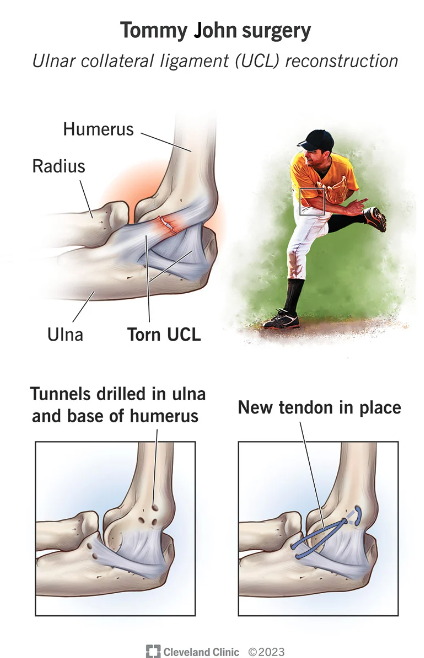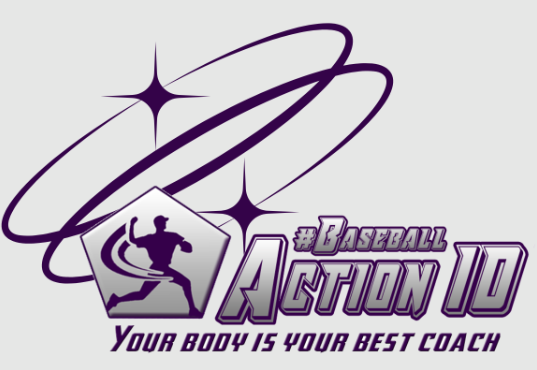The Dark Side of Baseball Analytics: The Hidden Dangers of Analytics on Pitchers

Over the past two decades, baseball has undergone a seismic shift driven by advancements in technology and the proliferation of new statistics. Major League Baseball Organizations or should we say the entire Baseball world has embraced this data revolution, transforming the game with metrics that offer unprecedented insights into player performance. However, this embrace of analytics has not come without its consequences. While data-driven strategies have revolutionized how we understand and play baseball, they have also inadvertently contributed to a troubling rise in pitching injuries.
The Complexity of the Human Body: Beyond Newton’s Laws
In sports, there is a common belief that success can be achieved by applying Newton’s laws of motion to the human body. This approach, however, falls short when dealing with the complex and adaptable nature of human biomechanics. Unlike machines, human bodies are inherently unique and complex, requiring personalized approaches to optimize performance and health.
Pitching biomechanics exemplify this complexity. Traditional coaching methods often promote standardized mechanics, ignoring the individuality of each pitcher’s body. This one-size-fits-all approach can be detrimental, as it fails to account for the distinct motor preferences ingrained in each athlete from birth.
The Rise of Tommy John Surgeries

The prevalence of Tommy John surgeries—named after the first pitcher to undergo the procedure—has skyrocketed in recent years. In the past 40 months alone, there have been approximately 500 Tommy John surgeries in MLB, with some teams experiencing over 25 to 30 such procedures. Despite advancements in biomechanical labs and high-tech equipment, the rate of severe pitching injuries continues to climb. This trend highlights a fundamental flaw in the current approach to pitching mechanics.
Individual Motor Preferences: The Key to Healthy Pitching
Each pitcher’s body has unique motor preferences, which dictate their most efficient and injury-free movements. These preferences are shaped by factors such as genetics, life experiences, and individual anatomy. Recognizing and respecting these natural tendencies is crucial for developing healthy and effective pitching techniques.
Pitchers typically rely on either a hip or shoulder strategy to power their movements, influenced by the flexibility of their spine. Additionally, they may have a vertical or horizontal orientation in their pitching mechanics. These factors determine their optimal release point and arm slot, which are critical for maintaining arm health and performance.
The Pitfalls of Standardized Mechanics
When coaches, instructors, and analysts impose standardized mechanics on pitchers, they often force athletes to move in ways that are unnatural to them. This can lead to a range of issues, from decreased performance to serious injuries. For instance, altering a pitcher’s natural arm slot to achieve a better spin rate or pitch design can increase the risk of injury. Each pitcher has a unique way of generating power and controlling their pitches, and deviating from this natural method can be harmful.
The Role of Data Analytics in Modern Baseball
The advent of advanced analytics in baseball has introduced concepts like pitch design, spin rate, and pitch tunnelling. These metrics provide valuable insights but have also led to an overemphasis on achieving specific statistical benchmarks. As a result, pitchers are often trained to artificially manipulate their mechanics to improve these metrics, disregarding their natural motor preferences.

This data-driven approach has led to what is known as “analysis paralysis,” where pitchers become so focused on optimizing their metrics that they lose sight of their natural abilities. The obsession with data has overshadowed the importance of fundamental pitching mechanics and the individuality of each player.
Balancing Analytics with Individual Needs
While analytics have brought significant advancements to baseball, it is crucial to strike a balance between data-driven strategies and individual player needs. Data should be used as one piece of the puzzle, not the sole determinant of how a pitcher should throw. Understanding and incorporating a player’s natural motor preferences can lead to healthier, more effective pitching.
A Case for Embracing Individuality
Consider the story of a Double-A pitcher who struggled with his changeup. By adjusting his grip to align with his natural motor preferences, he transformed his mediocre change-up into a pitch with remarkable movement. This change not only improved his performance but also demonstrated the potential of embracing individual motor preferences.
Conclusion: Rethinking Pitching Development
The rise in pitching injuries underscores the need to rethink how we approach pitching development. Coaches, analysts, and trainers must prioritize understanding and working with each player’s unique motor preferences. By doing so, they can help pitchers achieve their full potential while minimizing the risk of injury.
Baseball is a game of individuality, and each player’s success hinges on their ability to harness their natural strengths. As we continue to explore the intersection of data analytics and human movement, it is essential to remember that the most effective and healthy pitching comes from recognizing and embracing the complexity and uniqueness of each athlete.
